Ajanta Caves
The first Buddhist cave monuments at Ajanta date from the 2nd and 1st centuries B.C. During the Gupta period (5th and 6th centuries A.D.), many more richly decorated caves were added to the original group. The paintings and sculptures of Ajanta, considered masterpieces of Buddhist religious art, have had a considerable artistic influence.
The Ajanta caves are located in the Aurangabad district of the state of Maharashtra. These are a group of Buddhist caves which were carved and sculpted from the 2nd Century BCE. to 5th century CE. The caves were declared as a World Heritage Site by UNESCO in 1983. The site is a horseshoe shaped escarpment which overlooks the Waghora River. The 79 m high hill served as an ideal location for a monsoon retreat for the Buddhist monks. The funding for the construction was provided by kings, wealthy merchants and the practitioners of the faith.
The basalt rocks found in this location were ideally suited for excavation and sculpting. The east facing scarp let in the sunlight in the daytime which provided sufficient illumination for the workers and artists to carry out their tasks. The caves, which had to serve the purposes of its dwellers, have prayer halls (chaityas) and living quarters (viharas). Tremendous architectural skills must have been deployed in excavating the rock surface to give shape to the chaityas and viharas, their beautiful facades, pillars and their adorned capitals.
The caves are full of sculptures of Buddha in the standing, seated and even in the reclining position. Buddha is frequently shown in his preaching posture. The doorjambs and lintel are also decorated with figures of other celestial beings (Yaksha) and animals (Makara).
The fame of the caves rests on the murals found on its walls and ceilings, which have scenes from the life of Buddha and the Jataka stories. The paintings, including that of the famous Boddhisattva Padamapni (compassionate Buddha), have survived the ravages of time, and the facial expressions, movement and fine lines continue to amaze visitors. The colours, their combinations and the patterns are still alive and are found in things as ubiquitous as the Saree or the traditional attire of the Indian women. The illusion of depth is given to the paintings by the placement of background figures a little above the ones in the foreground.
The artists, as was prevalent in ancient Indian artistic tradition, remain unnamed and may not have necessarily been adherents of Buddhism. However, they have given faithful expressions to Buddhist iconography, perhaps supervised by the monks. The caves tell the story of the Buddhist faith in India and the manifestation of Buddha in the form of an idol speaks of the stride of the Mahayana sect. The paintings give a peek into the socio-cultural life of the people portrayed through figures of people, flora and fauna. The epigraphical study of more than 90 inscriptions in the Brahmi script has yielded important socio-cultural information about the donors.
The caves are a fine example of human creativity in manifold areas. They are testimony of the mastery achieved in the fields of architecture, building technology and art which represent Indian artistic tradition. The caves, which had been lost to posterity, were discovered accidentally by a hunting party led by John Smith in 1891 CE. Since then various efforts have been made for the conservation, documentation and interpretation of the artistic finds.
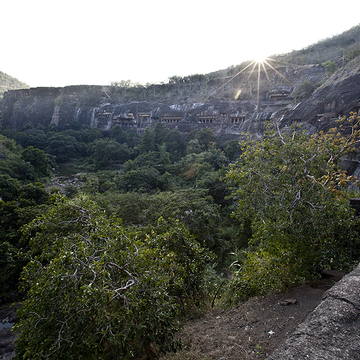
© Bruno Poppe
Author: Bruno Poppe
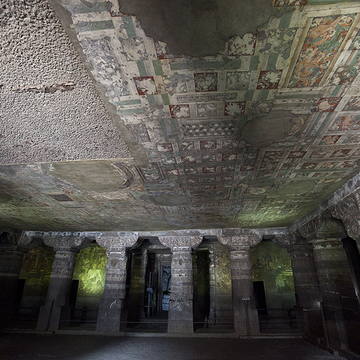
© Bruno Poppe
Author: Bruno Poppe
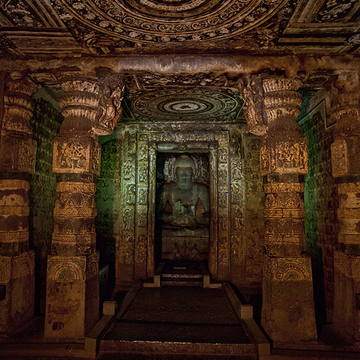
© Bruno Poppe
Author: Bruno Poppe
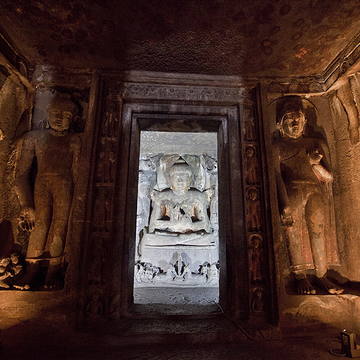
© Bruno Poppe
Author: Bruno Poppe
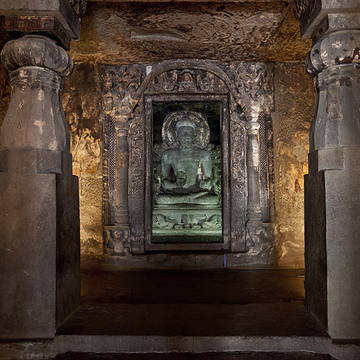
© Bruno Poppe
Author: Bruno Poppe
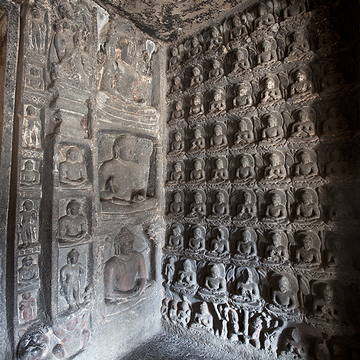
© Bruno Poppe
Author: Bruno Poppe
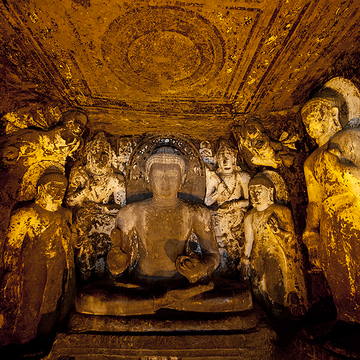
© Bruno Poppe
Author: Bruno Poppe
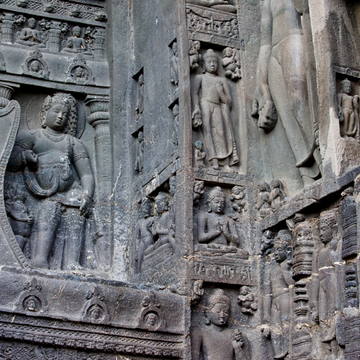
© Bruno Poppe
Author: Bruno Poppe
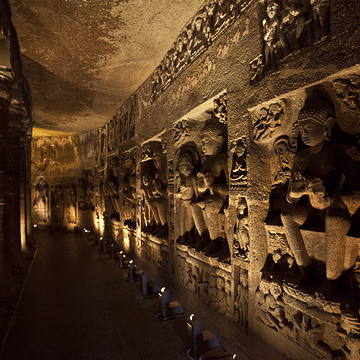
© Bruno Poppe
Author: Bruno Poppe
 Government of India
Government of India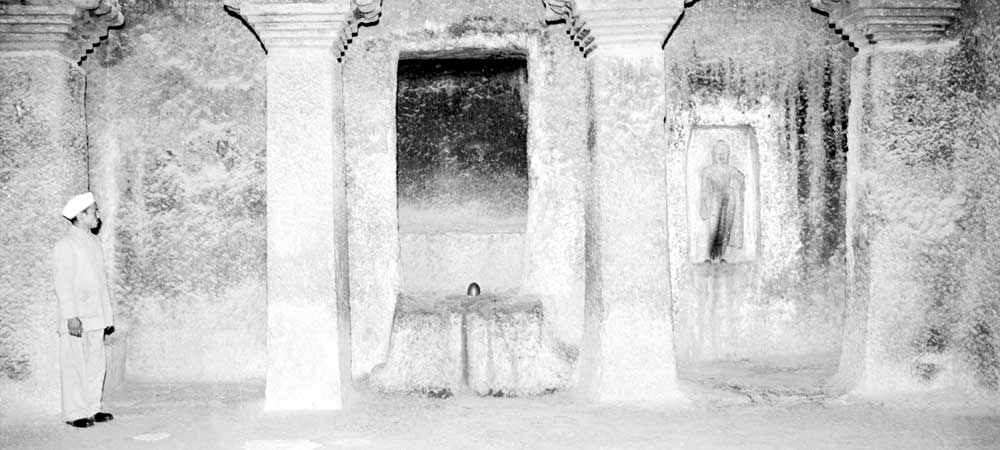
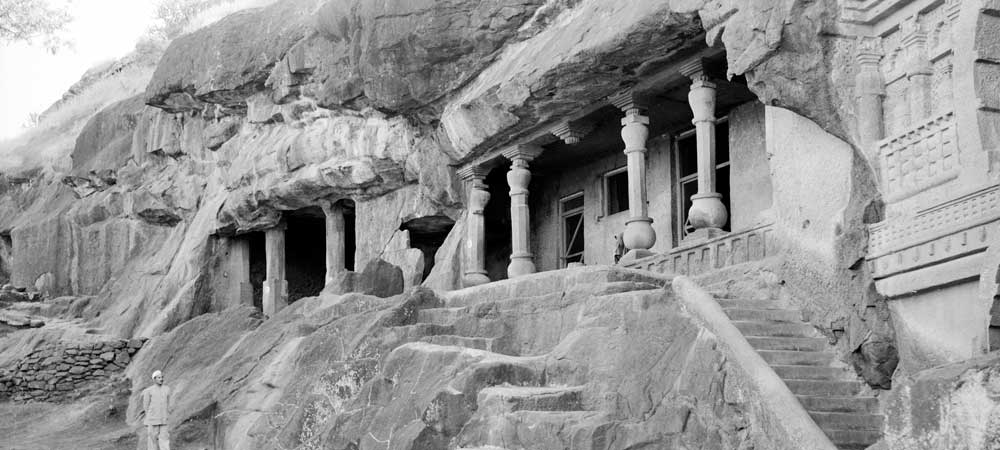
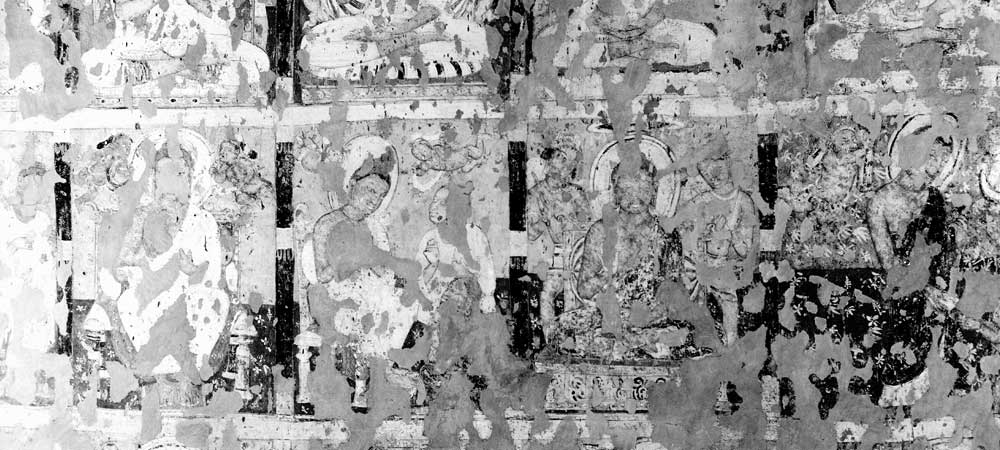


 Recognizing the ongoing need to position itself for the digital future, Indian Culture is an initiative by the Ministry of Culture. A platform that hosts data of cultural relevance from various repositories and institutions all over India.
Recognizing the ongoing need to position itself for the digital future, Indian Culture is an initiative by the Ministry of Culture. A platform that hosts data of cultural relevance from various repositories and institutions all over India.

